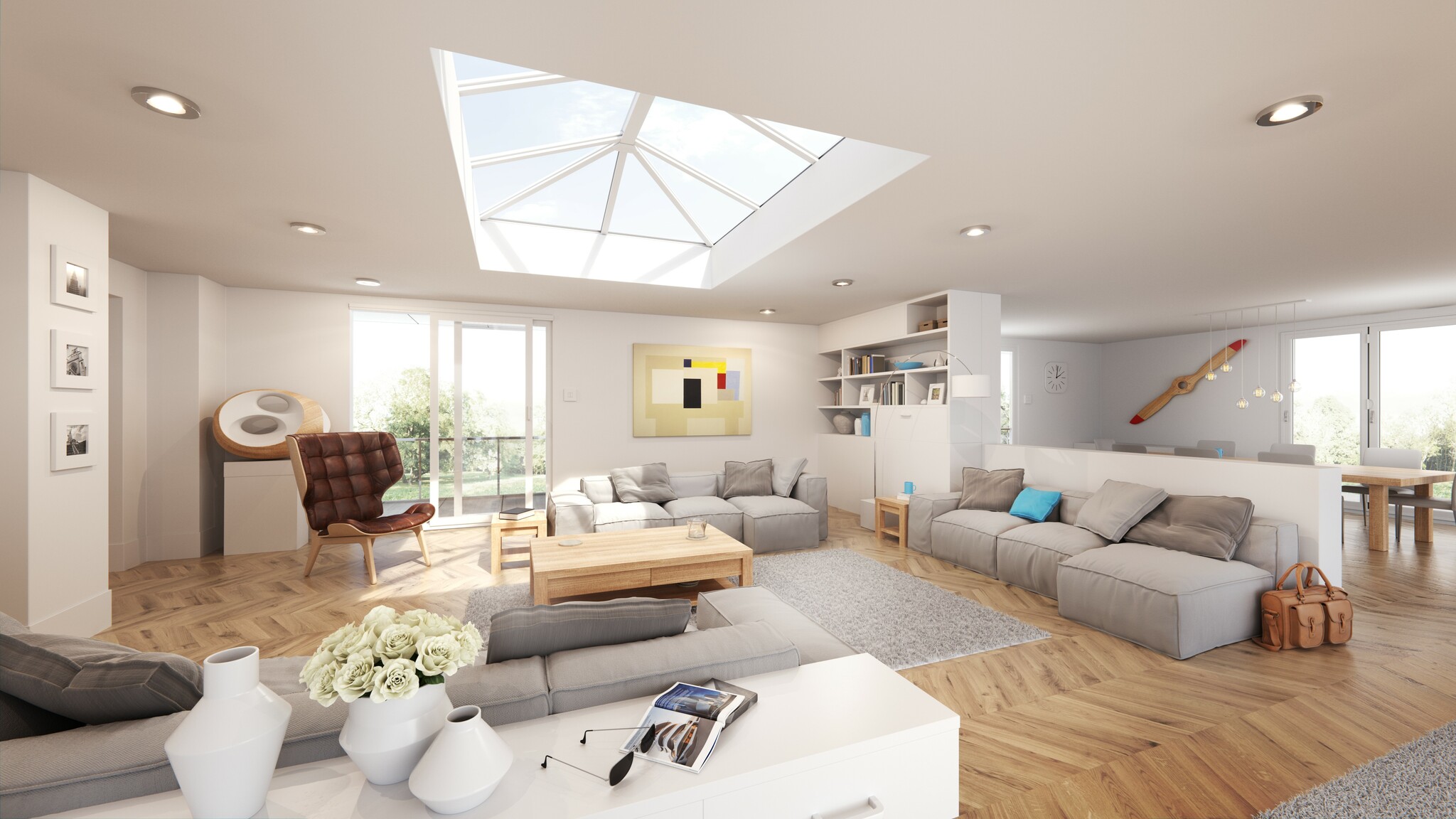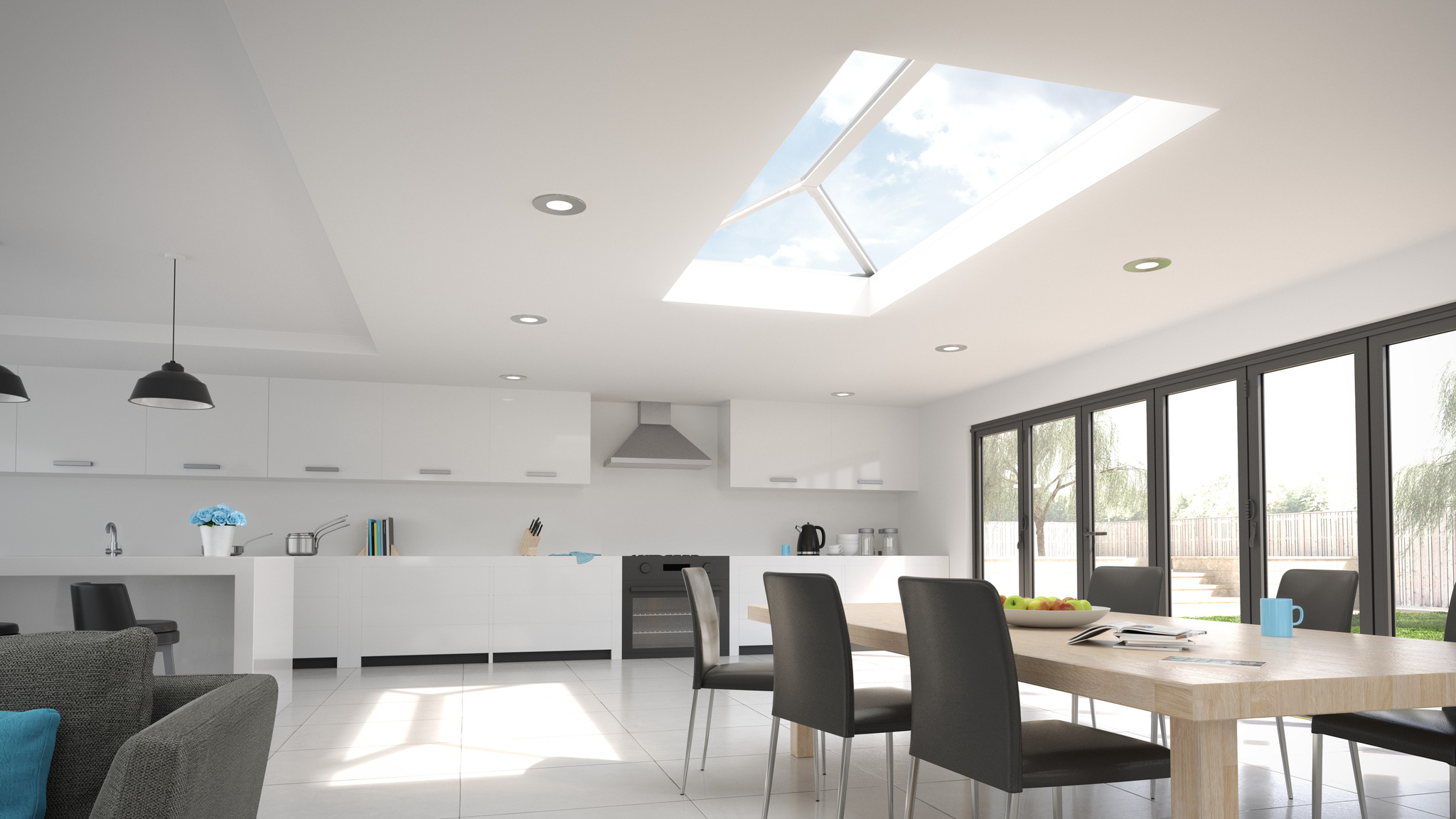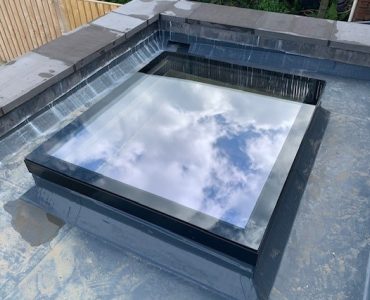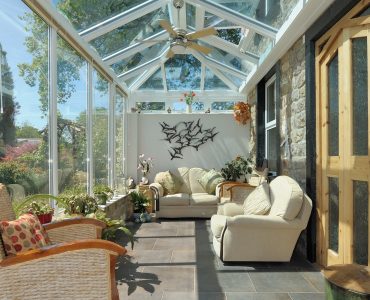Roof Lanterns
A roof lantern is a stylish architectural element often seen atop buildings, especially in conservatories and extensions. It’s essentially a raised, glazed structure on a roof, designed to let natural light stream into the space below. These features not only illuminate interiors but also add a touch of elegance and visual appeal to the overall design.
| Key Points | 1. 𝗗𝗲𝗳𝗶𝗻𝗶𝘁𝗶𝗼𝗻: Roof lanterns are glazed structures installed on roofs, typically in conservatories, extensions, or flat-roofed buildings, to allow natural light into the space below. 2. 𝗗𝗲𝘀𝗶𝗴𝗻: They come in various shapes, including square, rectangular, octagonal, or dome-shaped, and can be customized to match the architectural style of the building. 3. 𝗠𝗮𝘁𝗲𝗿𝗶𝗮𝗹𝘀: Roof lanterns are constructed using materials like timber, aluminium, steel, or uPVC for the frame, with glazing made of glass or polycarbonate. High-quality materials ensure durability and weather resistance. 4. 𝗙𝘂𝗻𝗰𝘁𝗶𝗼𝗻𝗮𝗹𝗶𝘁𝘆: Roof lanterns maximize the ingress of natural light, illuminating interior spaces and reducing the need for artificial lighting during the day. Some models may incorporate ventilation options for airflow regulation. 5. 𝗔𝗲𝘀𝘁𝗵𝗲𝘁𝗶𝗰 𝗔𝗽𝗽𝗲𝗮𝗹: In addition to their functional purpose, roof lanterns enhance the visual appeal of buildings, adding architectural interest and creating a focal point in the design. 6. 𝗜𝗻𝘀𝘁𝗮𝗹𝗹𝗮𝘁𝗶𝗼𝗻: Proper installation by experienced professionals is crucial to ensure structural integrity, weatherproofing, and compliance with building regulations. 7. 𝗠𝗮𝗶𝗻𝘁𝗲𝗻𝗮𝗻𝗰𝗲: Regular cleaning and maintenance of roof lanterns are essential to preserve their appearance, functionality, and longevity. |
|---|---|
| Technical Specification | Technical points about roof lanterns: 2. 𝗠𝗮𝘁𝗲𝗿𝗶𝗮𝗹𝘀 𝗦𝗲𝗹𝗲𝗰𝘁𝗶𝗼𝗻: The choice of materials for the frame and glazing is crucial for durability, weather resistance, and thermal performance. High-quality materials such as aluminium, steel, and tempered glass are commonly used. 3. 𝗚𝗹𝗮𝘇𝗶𝗻𝗴 𝗢𝗽𝘁𝗶𝗼𝗻𝘀: Different types of glazing can be used, including single or double glazing, low-emissivity (low-e) coatings, and tinted or laminated glass, to optimize energy efficiency, UV protection, and acoustic insulation. 4. 𝗜𝗻𝘀𝘂𝗹𝗮𝘁𝗶𝗼𝗻: Proper insulation is essential to prevent heat loss in winter and minimize heat gain in summer, ensuring thermal comfort within the space. This may involve using insulated glazing units and thermal breaks in the frame. 5. 𝗪𝗮𝘁𝗲𝗿𝗽𝗿𝗼𝗼𝗳𝗶𝗻𝗴: Effective waterproofing measures are necessary to prevent leaks and water ingress, particularly in areas prone to heavy rainfall or snowfall. This includes proper sealing of joints and flashing details. 6. 𝗩𝗲𝗻𝘁𝗶𝗹𝗮𝘁𝗶𝗼𝗻: Roof lanterns may incorporate ventilation options such as roof vents or operable windows to facilitate airflow and regulate temperature and humidity levels within the enclosed space. 7. 𝗦𝗮𝗳𝗲𝘁𝘆 𝗙𝗲𝗮𝘁𝘂𝗿𝗲𝘀:Safety considerations, such as the use of tempered or laminated glass to reduce the risk of breakage and injury, should be integrated into the design of roof lanterns. 8. 𝗕𝘂𝗶𝗹𝗱𝗶𝗻𝗴 𝗥𝗲𝗴𝘂𝗹𝗮𝘁𝗶𝗼𝗻𝘀: Compliance with local building codes and regulations is necessary for the design and installation of roof lanterns, ensuring structural integrity, safety, and energy efficiency. 9. 𝗜𝗻𝘀𝘁𝗮𝗹𝗹𝗮𝘁𝗶𝗼𝗻: Proper installation by trained professionals is essential to ensure the structural stability and weatherproofing of roof lanterns. This includes accurate positioning, secure fixing, and sealing of joints. |

![PatioStratus v1.4 [HighRes] tweaked.preview](https://cwandr.co.uk/wp-content/uploads/2020/08/PatioStratus-v1.4-HighRes-tweaked.preview.jpg)



